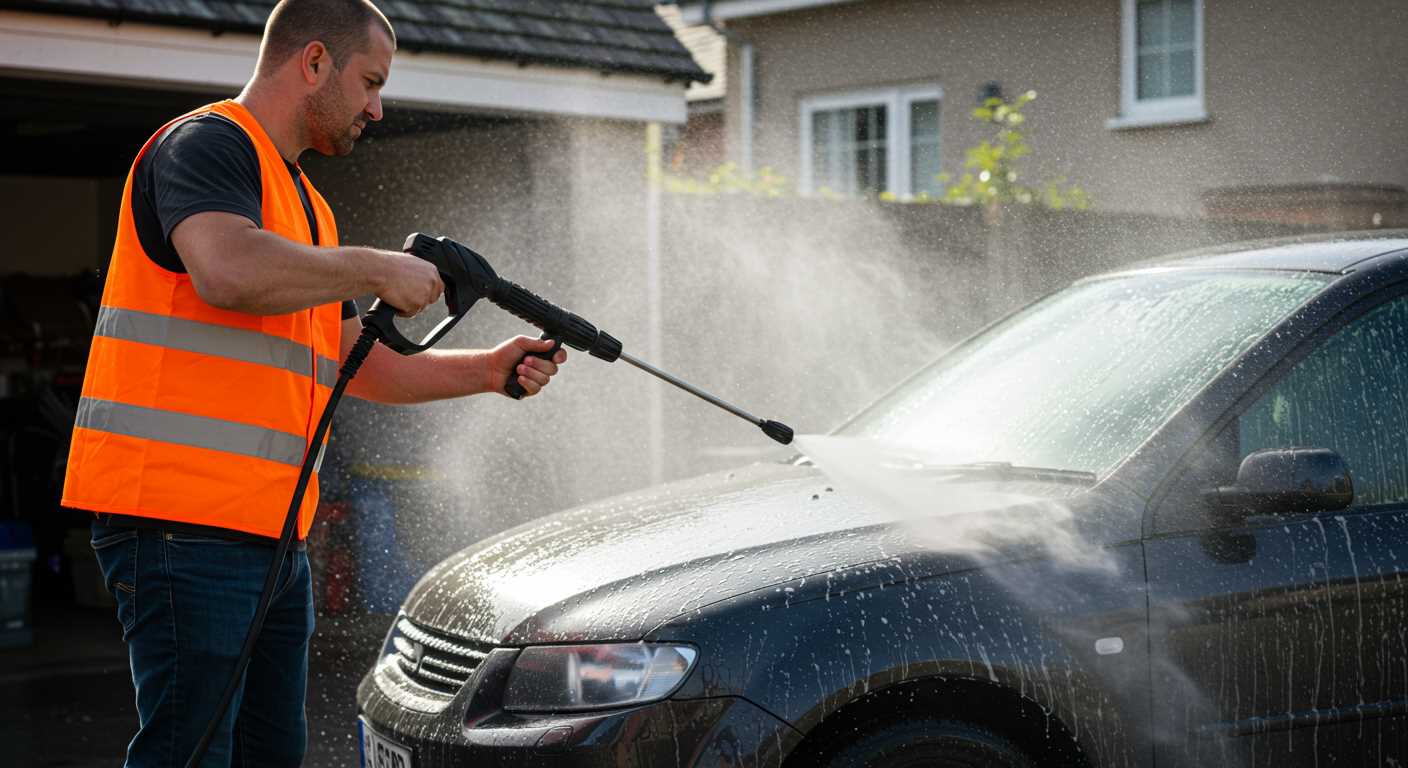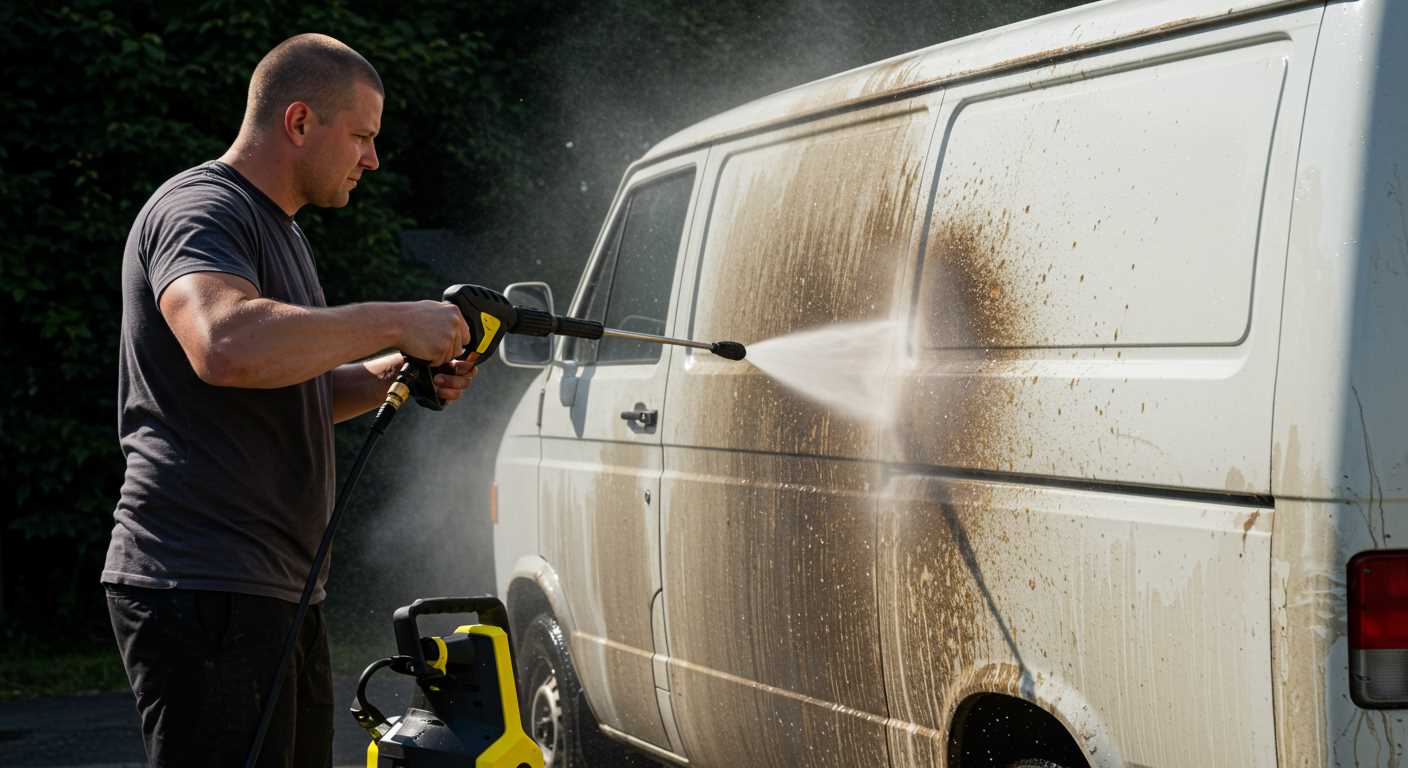



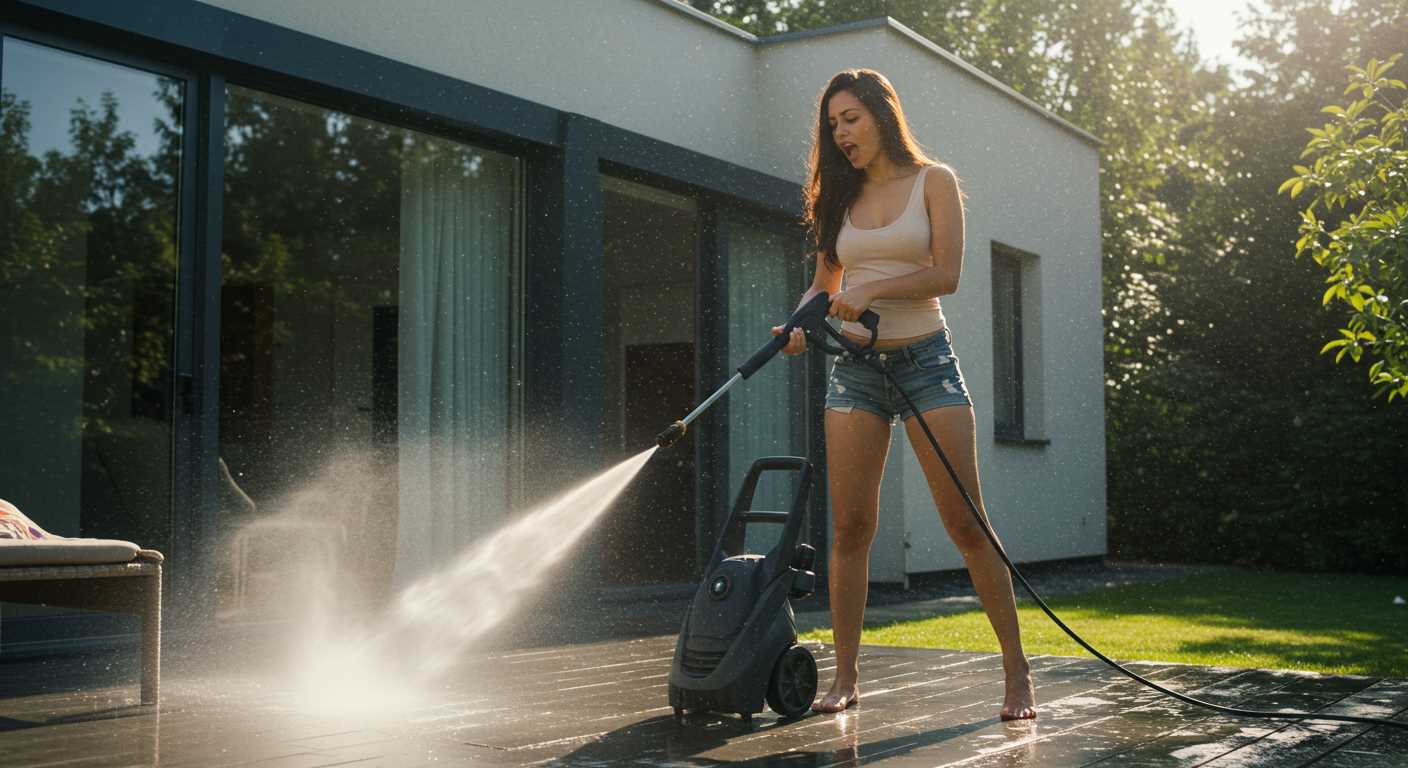
When it comes to tackling the daunting task of paint removal, having the right tools can make all the difference. In this article, I’ll delve into the best pressure washer nozzles specifically designed for effectively stripping paint from various surfaces. Whether you’re a DIY enthusiast or a seasoned professional, understanding which nozzle to use can save you time, effort, and frustration.
Throughout this piece, I will explore various nozzle types, their specific applications, and the advantages they offer for paint removal. From intense cleaning with narrow spray patterns to broader coverage for larger areas, each nozzle has unique features that cater to different painting scenarios. Additionally, I will provide insights on safety measures and maintenance tips to ensure your pressure washer performs at its best.
This article is particularly useful for homeowners looking to refresh their exterior or interior spaces, as well as contractors who require efficient tools for their projects. By the end, you will have a clear understanding of which pressure washer nozzle suits your needs, making your paint removal process smoother and more effective.
Understanding Pressure Washer Nozzle Types
When tackling the task of paint removal, selecting the right pressure washer nozzle is crucial for achieving optimal results. Different nozzles are designed to create varying spray patterns and pressure levels, making it essential to understand these differences to effectively remove paint without damaging the surface underneath.
Pressure washer nozzles are generally categorised by their spray angle, which influences both the spread of water and the intensity of pressure applied to a surface. Choosing the correct nozzle can significantly impact the efficiency of paint removal, enabling users to tackle tough jobs with ease.
Types of Pressure Washer Nozzles
- 0-Degree Nozzle: This nozzle delivers a concentrated stream of water, ideal for removing stubborn paint from hard surfaces. However, it requires caution to avoid damaging the substrate.
- 15-Degree Nozzle: Slightly wider than the 0-degree nozzle, it is suitable for heavy-duty tasks, such as stripping paint from concrete or brick.
- 25-Degree Nozzle: This nozzle provides a balance between pressure and coverage, making it versatile for various paint removal tasks on surfaces like wood and siding.
- 40-Degree Nozzle: With the widest spray angle, it’s best used for rinsing and less intense cleaning, which may be useful for final touch-ups after paint removal.
Understanding these nozzle types allows users to select the most appropriate option for their specific needs, ensuring effective paint removal while minimising the risk of damage to the underlying material.
Importance of Spray Angle in Paint Removal
When it comes to paint removal, the spray angle of a pressure washer nozzle plays a crucial role in determining the effectiveness and efficiency of the task. Different spray angles are designed for specific applications, and selecting the right one can significantly enhance the paint stripping process. Understanding how spray angles work can help users achieve better results while minimizing the risk of damaging the underlying surface.
Spray angles typically range from narrow to wide, with each angle offering distinct advantages. A narrower spray angle concentrates the water pressure on a smaller area, making it ideal for tough paint removal on surfaces with stubborn layers. In contrast, a wider spray angle disperses the water over a larger area, which is useful for gently removing paint without causing harm to delicate surfaces.
Understanding Spray Angles
The effectiveness of a pressure washer for paint removal can be influenced by the following factors:
- Pressure Concentration: Narrow spray angles (0-15 degrees) provide high pressure, making them suitable for heavy-duty paint stripping.
- Surface Protection: Wider spray angles (25-40 degrees) reduce the risk of damaging the surface, making them better for softer materials or when a more delicate approach is required.
- Efficiency: The right angle can expedite the removal process, allowing users to cover more area in less time.
Choosing the appropriate spray angle not only impacts the effectiveness of the paint removal but also affects the overall experience. By selecting the correct nozzle based on the job requirements, users can achieve a cleaner finish while ensuring the longevity of the surface beneath the paint.
Optimal Pressure Settings for Effective Stripping
When it comes to removing paint effectively, the pressure settings of your washer play a crucial role. Using the right pressure not only enhances the efficiency of the paint stripping process but also helps to protect the underlying surface from damage. Understanding how to balance pressure levels is essential for achieving the desired results without compromising the integrity of the material beneath the paint.
Generally, lower pressure settings are ideal for delicate surfaces like wood, while higher pressures can be used on more robust materials such as concrete or metal. Finding the sweet spot for your specific project is key to ensuring the paint is removed efficiently without causing harm.
Factors to Consider for Pressure Settings
Several factors influence the optimal pressure settings for paint removal:
- Surface Material: Different materials require different pressure levels. For example, wooden surfaces may be stripped at around 1,200 to 1,500 PSI, while metal surfaces can handle 2,500 PSI or more.
- Type of Paint: The thickness and type of paint also dictate the pressure needed. Older, flaking paint may require higher pressure compared to newer, well-adhered coatings.
- Nozzle Selection: The type of nozzle used can significantly affect the pressure applied to the surface. A narrow nozzle concentrates the pressure on a small area, making it more effective for paint removal.
It’s advisable to start with the lowest pressure setting and gradually increase it until you find the most effective level for your project. This method not only protects the underlying material but also saves time and effort in the long run.
Choosing the Right Material for Nozzle Durability
When selecting a pressure washer nozzle for paint removal, the material of the nozzle plays a crucial role in its performance and longevity. Different materials exhibit varying levels of strength, resistance to wear, and ability to withstand high-pressure water. Understanding these attributes can help users make an informed choice that balances effectiveness and durability.
Common materials used in pressure washer nozzles include plastic, stainless steel, and brass. Each material has its own benefits and drawbacks, and the right choice often depends on the specific requirements of the job at hand.
Material Characteristics
- Plastic: Lightweight and affordable, plastic nozzles are often suitable for light-duty tasks. However, they may wear down more quickly under high pressure and are less resistant to heat and chemicals.
- Stainless Steel: Known for its strength and corrosion resistance, stainless steel nozzles are ideal for heavy-duty applications. They can withstand high pressures and temperatures, making them a durable choice for tough paint removal jobs.
- Brass: Brass nozzles offer a good balance of durability and cost. They are resistant to corrosion and provide good performance, although they may be heavier than plastic options.
Ultimately, the best material for a pressure washer nozzle will depend on the specific needs of the user. For those tackling regular paint removal tasks, investing in a durable material like stainless steel or brass may lead to better long-term results.
Compatibility with Different Pressure Washer Models
When selecting a pressure washer nozzle for paint removal, it’s essential to ensure compatibility with your specific pressure washer model. Not all nozzles are universally compatible; each pressure washer may have unique specifications and requirements. Understanding these nuances can significantly impact the effectiveness of your paint removal efforts.
Pressure washer nozzles come in various sizes and attachment types, making it crucial to check the compatibility with your machine’s hose and wand. Some nozzles may require adapters, while others might fit directly onto the existing equipment. Proper fit not only ensures optimal performance but also enhances safety during operation.
Considerations for Compatibility
- Connection Type: Verify whether the nozzle’s connection type matches your pressure washer’s wand. Common types include quick connect, screw-on, and bayonet fittings.
- Pressure Ratings: Ensure the nozzle can handle the pressure output of your washer. Using a nozzle not rated for your pressure level can lead to damage or ineffective cleaning.
- Flow Rate: Different nozzles are designed for specific flow rates. Mismatched flow can affect the performance and efficiency of paint removal.
In summary, compatibility with your pressure washer model is paramount when choosing a nozzle for paint removal. Always consult the manufacturer’s guidelines and specifications to ensure you select the right nozzle that meets your cleaning needs efficiently and safely.
Techniques for Efficient Paint Removal with Nozzles
Removing paint effectively requires not only the right tools but also the right techniques. Pressure washers equipped with various nozzles can significantly enhance the paint removal process, ensuring that the surface is prepared for refinishing or repainting. Understanding how to utilise these nozzles can make a substantial difference in achieving optimal results.
Utilising the correct nozzle is essential for efficient paint removal. Different nozzles produce varying spray patterns and pressures, which can impact the effectiveness of the cleaning process. For instance, a narrow spray pattern concentrates the pressure on a small area, making it ideal for stubborn paint spots, while a wider spray disperses the pressure, covering larger areas more gently.
Choosing the Right Nozzle
When selecting a nozzle for paint removal, consider the following:
- Angle of Spray: Nozzles are typically available in different spray angles, such as 0°, 15°, 25°, and 40°. A 0° nozzle produces a concentrated stream, perfect for tough paint, while a 40° nozzle is suitable for broader areas.
- Pressure Settings: Adjusting the pressure of the washer can enhance the effectiveness of the nozzle. Higher pressure is effective for thick layers of paint, whereas lower pressure can be used for delicate surfaces.
- Distance from Surface: Maintaining an appropriate distance from the surface is crucial. Too close may cause damage, while too far may reduce effectiveness. A distance of 12 to 24 inches is often recommended.
Additionally, it is essential to move the nozzle in a steady, sweeping motion to ensure even paint removal. Avoid lingering in one spot for too long, as it can lead to surface damage. For particularly stubborn paint, consider using a combination of techniques, such as pre-soaking the area with a paint stripper or using a scraper in conjunction with the pressure washer.
In summary, mastering the techniques for using pressure washer nozzles can transform the paint removal process. By carefully selecting the right nozzle, adjusting the pressure, and maintaining proper distance and movement, achieving a clean and prepared surface becomes a straightforward task.
Maintenance Tips for Prolonging Nozzle Lifespan
Taking care of your pressure washer nozzle is essential for achieving optimal performance and longevity. Regular maintenance not only enhances the efficiency of your nozzle but also ensures that your pressure washer operates at its best while removing paint or tackling other cleaning tasks.
By following a few simple maintenance tips, you can prolong the lifespan of your pressure washer nozzle and avoid costly replacements. Here are some key practices to implement:
- Clean After Use: Always clean your nozzle after each use to remove any debris or paint residue. A simple rinse with water can prevent clogging and maintain optimal spray patterns.
- Inspect for Damage: Regularly check the nozzle for any signs of wear or damage. Look for cracks or blockages that could affect performance.
- Use the Right Pressure: Ensure you are using the appropriate pressure setting for your nozzle type. Over-pressurising can lead to premature wear.
- Store Properly: When not in use, store the nozzle in a dry, cool place. Avoid leaving it exposed to direct sunlight or extreme temperatures.
- Use Proper Chemicals: If using chemical cleaners, ensure they are compatible with your nozzle material to avoid corrosion or degradation.
- Regularly Replace Filters: If your pressure washer has a filter system, check and replace filters as necessary to prevent debris from reaching the nozzle.
By following these maintenance tips, you can significantly extend the lifespan of your pressure washer nozzle, ensuring it remains effective for all your paint removal and cleaning needs. Regular care not only saves money in the long run but also enhances your overall cleaning experience.
Top 10 Best Pressure Washer Nozzle For Paint Removal




Best Pressure Washer Nozzle For Paint Removal
Features
| Model | 7abd6aa0-b969-404f-a9df-c10d65f4cb7d |
| Color | Silver |
Features
| Part Number | 353-515 |
| Model | 353-515 |
| Color | Green |
| Size | 515 |
Features
| Part Number | 1 |
| Model | HLW-GYQ-5000PSI-1 |
| Color | Black-orange |
Features
| Part Number | Axfvd-752224337102 |
| Model | Axfvd-752224337102 |
Video:
FAQ:
What is the best type of nozzle for removing paint with a pressure washer?
The best type of nozzle for paint removal is typically a 15-degree or 25-degree nozzle. The 15-degree nozzle produces a concentrated and powerful stream of water that can effectively strip paint from surfaces. However, it may also cause damage to softer materials, so caution is advised. The 25-degree nozzle offers a wider spray pattern while still providing enough pressure to remove paint, making it a safer choice for delicate surfaces.
How does the nozzle size affect paint removal efficiency?
Nozzle size plays a significant role in paint removal efficiency. A smaller nozzle size, like a 15-degree nozzle, delivers a more concentrated jet of water, which increases the pressure and helps to dislodge paint effectively. Conversely, larger nozzles, such as 40-degree ones, create a wider spray that distributes the pressure over a larger area, making them less effective for heavy paint removal but safer for delicate surfaces. Choosing the right size depends on the type of surface and the amount of paint to be removed.
Can I use a pressure washer with a regular garden hose attachment for paint removal?
Using a pressure washer with a regular garden hose attachment is not advisable for effective paint removal. A pressure washer is designed to work with specific nozzles and pressure settings that optimise its cleaning power. Regular garden hoses do not provide the necessary pressure to effectively strip paint and may cause more harm than good to the surface you are trying to clean. It is best to use the appropriate pressure washer nozzles designed for paint removal.
What safety precautions should I take when using a pressure washer for paint removal?
When using a pressure washer for paint removal, safety is paramount. Always wear protective gear, including goggles, gloves, and waterproof clothing, to shield yourself from debris and paint splatter. Ensure the area is clear of bystanders and pets to prevent accidents. It’s also wise to start with a lower pressure setting and gradually increase it, testing on a small, inconspicuous area first. Additionally, be aware of your surroundings, as the high-pressure water can cause damage to nearby surfaces and vegetation.
Is it necessary to use a specific cleaning solution with a pressure washer for paint removal?
While it is not always necessary to use a cleaning solution with a pressure washer for paint removal, doing so can enhance the effectiveness of the process. Using a specialised paint stripping solution can help break down the paint, making it easier to remove with the pressure washer. Ensure that the cleaning product is suitable for the surface and compatible with your pressure washer. Follow the manufacturer’s instructions for mixing and application to achieve the best results.

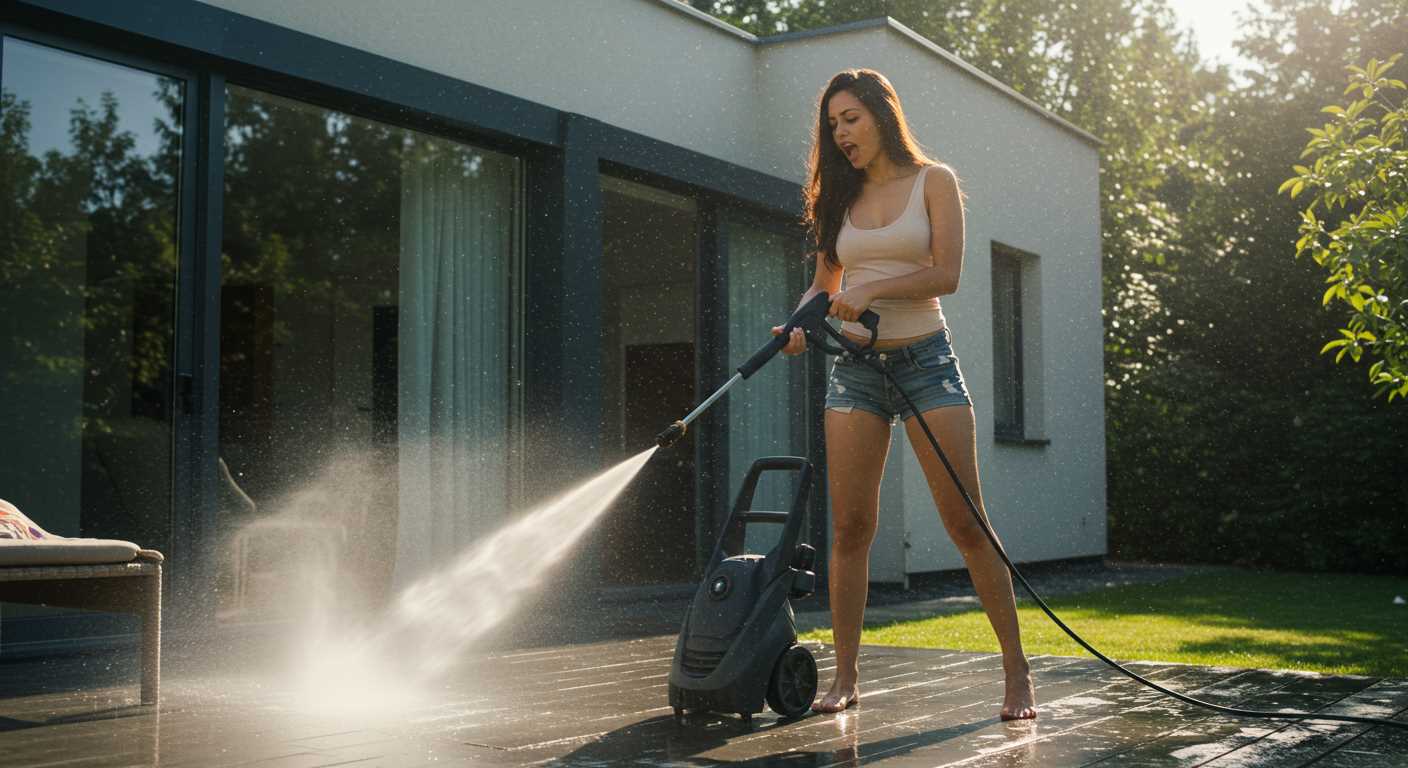

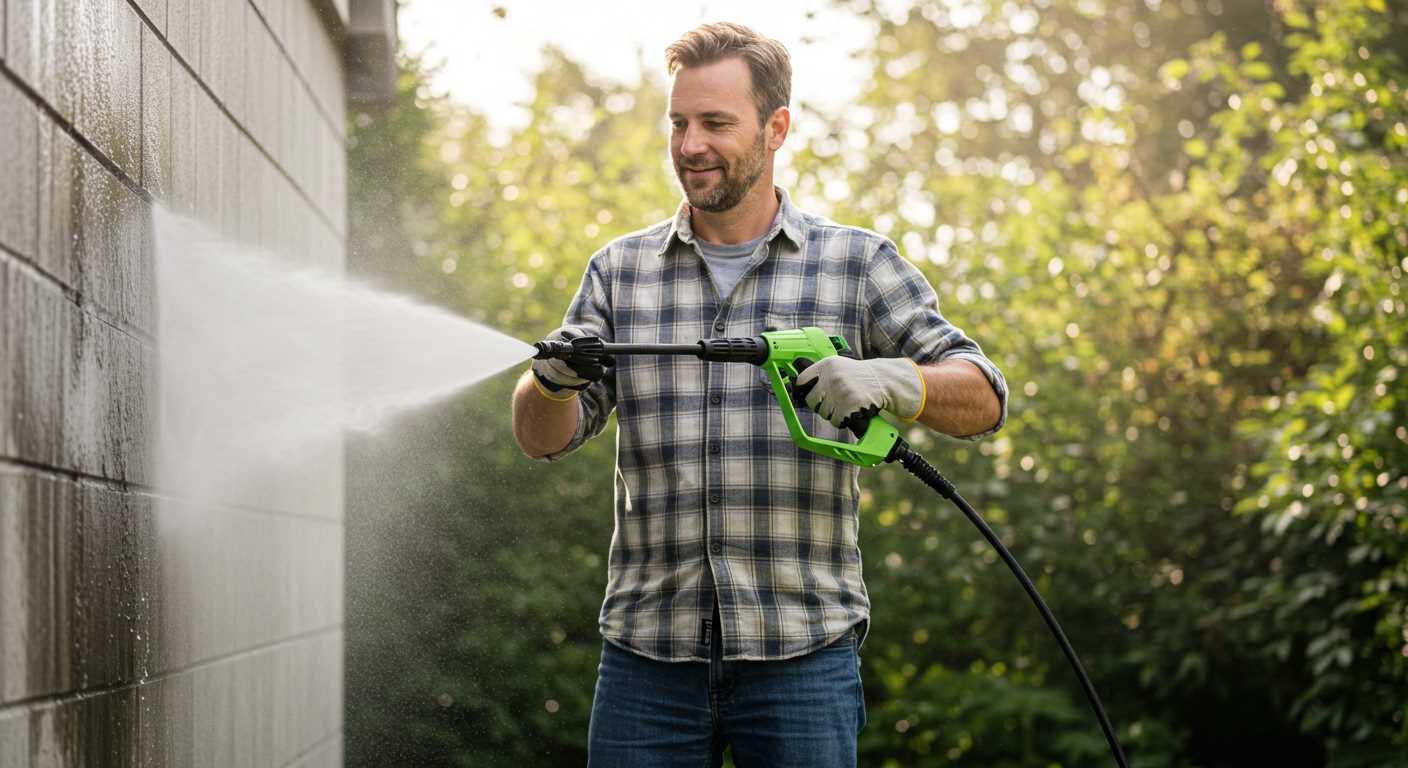
.jpg)
